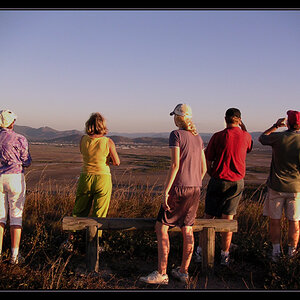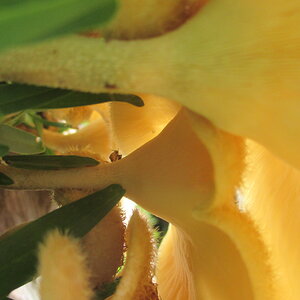Barking Mad
TPF Noob!
- Joined
- Jun 17, 2009
- Messages
- 46
- Reaction score
- 0
- Location
- Coastal Maine
- Website
- www.abritandabit.typepad.com
- Can others edit my Photos
- Photos NOT OK to edit
I can't remember the exact thread is located, that I read this morning, where someone requested a C&C and in response a poster mentioned that the cropping of the photo might have affected the photo - as in made it appear a little fuzzy or something akin to that. This is the 3rd time I've heard that cropping a photo in PP can affect the overall quality of the image, but it was the first time I'd actually seen someone mention it out here.
Is this always the case?
I ask because I crop a lot of photos and I've never noticed a NOTICEABLE difference but perhaps that's because I'm just not as attuned to it as pixel peepers are.
I crop photos for prints that I sell at local tourist traps (Maine is notorious for stuff like this, and who am I to complain...novice or not, they sell!) as well as the prints for photo card sets, etc. It's mostly images of flowers, lighthouses, and seascapes.
It's a hard habit to break, especially seeing as how I have a penchant for centering almost everything (yeah I know, I need remedial photography lessons ASAP...rules of thirds, etc.), which is yet another hard habit to break.
So what is the general consensus about this?
Is this always the case?
I ask because I crop a lot of photos and I've never noticed a NOTICEABLE difference but perhaps that's because I'm just not as attuned to it as pixel peepers are.
I crop photos for prints that I sell at local tourist traps (Maine is notorious for stuff like this, and who am I to complain...novice or not, they sell!) as well as the prints for photo card sets, etc. It's mostly images of flowers, lighthouses, and seascapes.
It's a hard habit to break, especially seeing as how I have a penchant for centering almost everything (yeah I know, I need remedial photography lessons ASAP...rules of thirds, etc.), which is yet another hard habit to break.
So what is the general consensus about this?


 but it is also a way to keep the grain quality the same throughout my work.
but it is also a way to keep the grain quality the same throughout my work.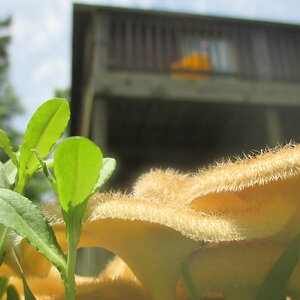
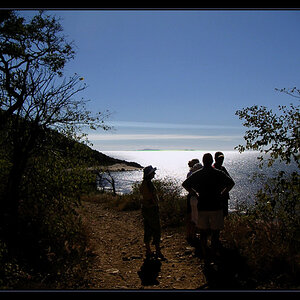
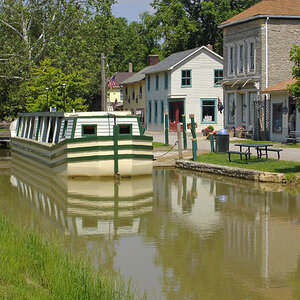
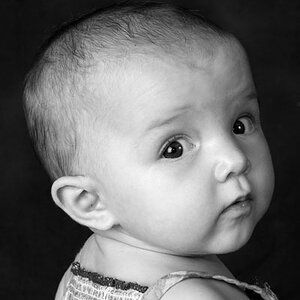
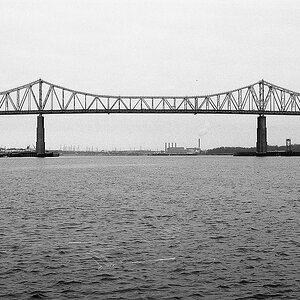

![[No title]](/data/xfmg/thumbnail/39/39185-29433e4f46e4b0bd394d10962886594c.jpg?1619738904)
